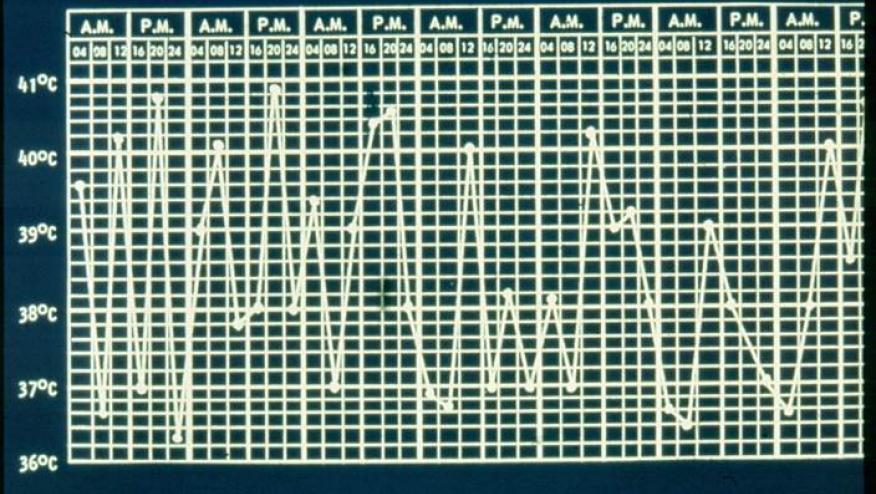NLRP3 Activation in Still's Disease Save

Adult-onset Still disease (AOSD) is usually regarded as an autoinflammatory disease, largely because of its symptomatology and responsiveness to IL-1 inhibition. Thus while it is assumed that aberrant NLRP3 inflammasome activity underlies active AOSD, the connection between NLRP3 AOSD has yet to be solidfied.
Hseih et al have studied mRNA expression of NLRP3 inflammasome signaling using quantitative-PCR (qPCR) on peripheral blood mononuclear cells (PBMC) from 34 patients with AOSD and 14 healthy subjects. These results were either augmented with a NLRP3 activator [imiquimod (IMQ)] or inhibitor.
AOSD patients demonstrated significantly higher mRNA levels of NLRP3 signaling compared with controls. Moreover, NLRP3 expression was positively correlated with AOSD disease activity
IMQ (a TLR7 ligand and activator) stimulated higher expression of NLRP3, caspase-1 and IL-18. These were decreased after treatment with NLRP3 inhibitor in patients with AOSD.
Increased expression of NLRP3 inflammasome and its correlation with disease activity in AOSD suggest its involvement in disease pathogenesis of AOSD. Currently the inducers of NLRP3 activity in AOSD are unknown and would make for an ideal treatment target in the future.











If you are a health practitioner, you may Login/Register to comment.
Due to the nature of these comment forums, only health practitioners are allowed to comment at this time.